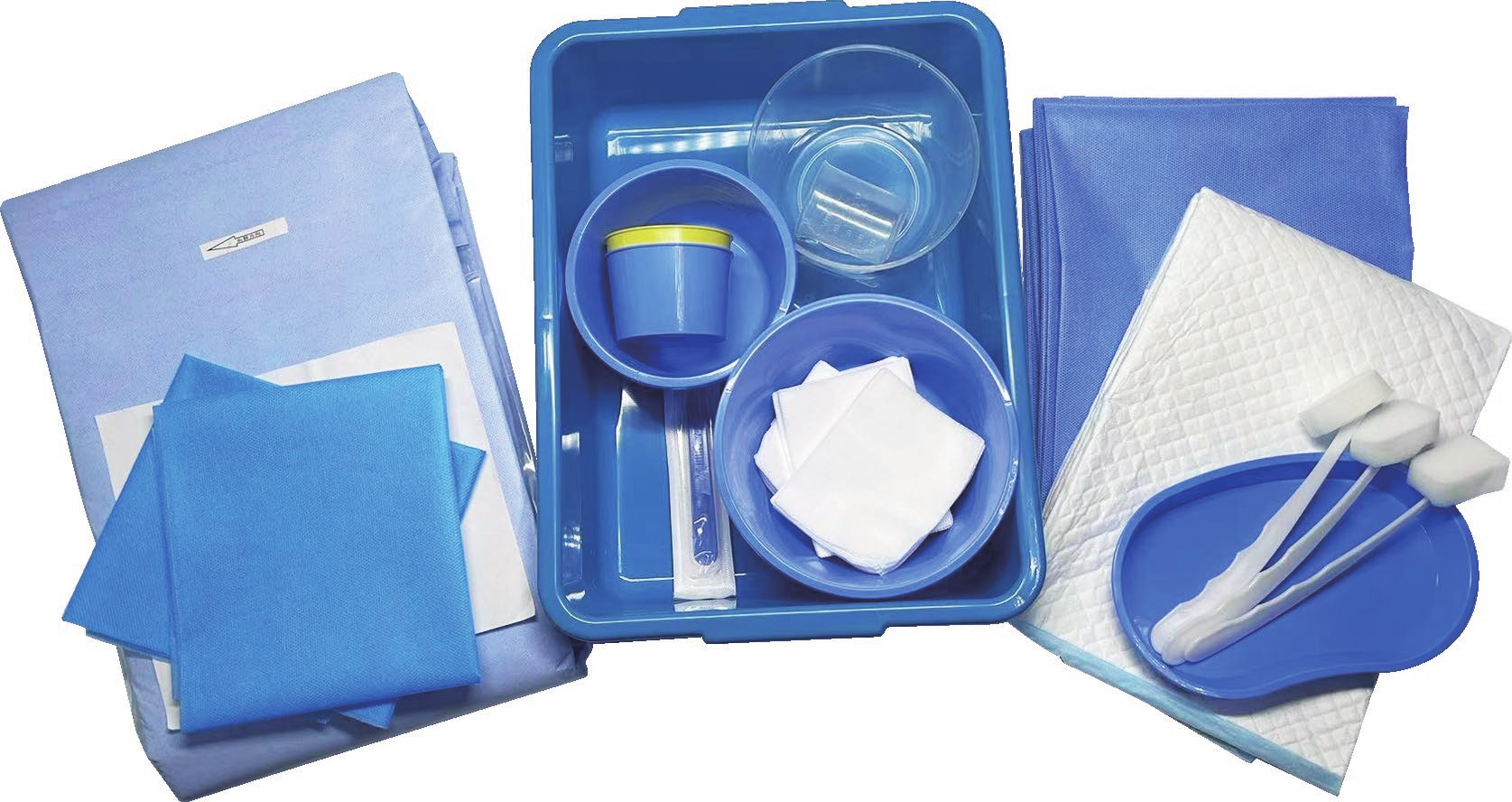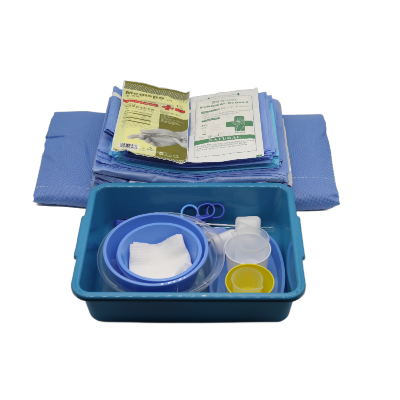Understanding Essential Medical Equipment for Emergency Response
In the fast-paced world of medical emergencies and surgical interventions, having the right equipment readily available can mean the difference between life and death. An intervention surgical bag serves as a critical tool in emergency medical response, providing healthcare professionals with immediate access to essential surgical instruments and supplies. These specialized bags have revolutionized how medical teams respond to urgent situations, ensuring that life-saving equipment is both organized and portable.
Medical professionals across various specialties rely on intervention surgical bags to deliver prompt care in diverse settings, from emergency rooms to remote locations. These purpose-built containers are designed to meet the demanding requirements of modern surgical intervention, combining durability with sophisticated organization systems that enable quick access to vital tools.
Components and Design Features
Essential Equipment Organization
The intervention surgical bag is meticulously designed to house a comprehensive array of surgical instruments and emergency medical supplies. Each compartment is strategically placed to ensure that items are easily accessible when seconds count. The main chamber typically contains sterile surgical instruments, while secondary pockets hold disposable supplies, medications, and emergency response equipment.
Modern intervention surgical bags feature antimicrobial materials and reinforced stitching to maintain sterility and durability. The interior often includes removable dividers and clear plastic pockets, allowing medical professionals to customize the layout according to their specific needs and protocols.
Material and Construction Quality
Premium intervention surgical bags are constructed using high-grade, water-resistant materials that can withstand rigorous use and frequent sterilization. The exterior typically features ballistic nylon or similar robust fabrics that protect the contents from environmental factors while maintaining the bag's structural integrity over time.
The zippers, handles, and shoulder straps are reinforced to support heavy loads and frequent movement. Many models incorporate reflective elements for improved visibility during nighttime operations and emergency situations. The bottom is often padded and waterproof to protect sensitive equipment when the bag must be placed on various surfaces.

Applications in Medical Settings
Emergency Response Scenarios
In emergency situations, the intervention surgical bag becomes an indispensable resource for medical teams. First responders and emergency physicians rely on these bags to bring critical surgical equipment directly to the point of care. Whether responding to trauma incidents or managing acute medical emergencies, the organized layout allows for swift access to necessary tools.
The mobility of intervention surgical bags proves particularly valuable in mass casualty events or disaster response scenarios. Medical teams can quickly transport essential surgical supplies to multiple locations, maintaining readiness for immediate intervention when needed.
Hospital and Clinical Use
Within hospital settings, intervention surgical bags serve as rapid response kits for various departments. Operating rooms maintain these bags for unexpected surgical needs, while emergency departments use them for immediate access to crucial instruments. The standardized organization system helps maintain consistency across different medical teams and shifts.
Clinics and outpatient facilities also benefit from having intervention surgical bags ready for potential emergencies. The portable nature of these bags ensures that medical professionals can respond quickly to situations requiring immediate surgical intervention, even in facilities without full operating room capabilities.
Maintenance and Safety Protocols
Sterilization Requirements
Maintaining the sterility of an intervention surgical bag requires strict adherence to established protocols. Regular cleaning and sterilization procedures ensure that all components remain safe for medical use. Healthcare facilities typically implement detailed schedules for inspecting, cleaning, and restocking these essential resources.
The materials used in modern intervention surgical bags are designed to withstand repeated sterilization processes without degrading. This durability helps maintain the integrity of both the bag and its contents, ensuring reliable performance when needed most.
Inventory Management Systems
Effective management of intervention surgical bags involves regular inventory checks and supply rotation. Medical facilities typically implement digital tracking systems to monitor expiration dates, usage patterns, and restocking needs. This systematic approach helps prevent shortages and ensures that all necessary items are always available.
Documentation and logging procedures play a crucial role in maintaining these bags. Each use is recorded, and contents are verified against standardized checklists to maintain completeness and readiness for the next emergency.
Frequently Asked Questions
How often should an intervention surgical bag be inspected?
Professional medical facilities typically conduct daily visual inspections and perform complete inventory checks weekly. Additionally, thorough sterilization and maintenance reviews should occur monthly or after each use, whichever comes first.
What are the essential components every intervention surgical bag should contain?
A standard intervention surgical bag should include sterile surgical instruments, emergency airway management tools, wound care supplies, diagnostic equipment, medications for emergency response, and personal protective equipment. The specific contents may vary based on the intended use and facility protocols.
How long do intervention surgical bags typically last?
With proper care and maintenance, a high-quality intervention surgical bag can last 3-5 years of regular use. However, the lifespan depends on usage frequency, storage conditions, and adherence to maintenance protocols. Regular inspections help determine when replacement is necessary.

